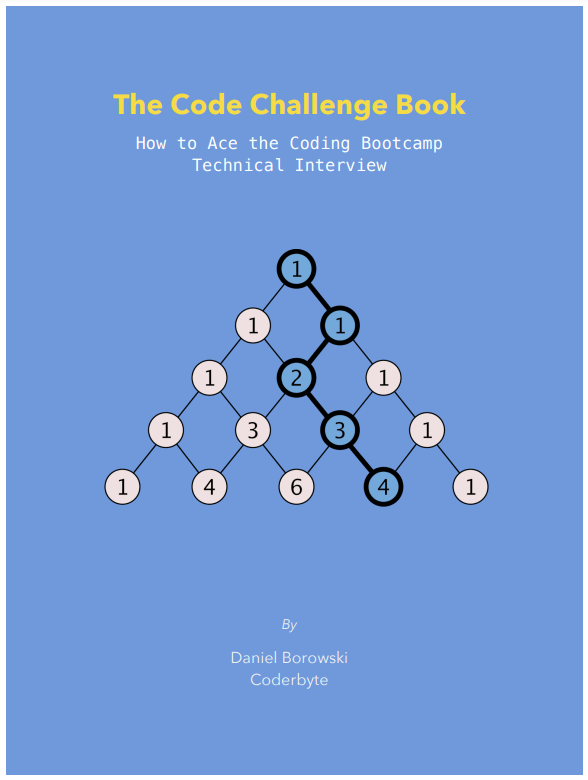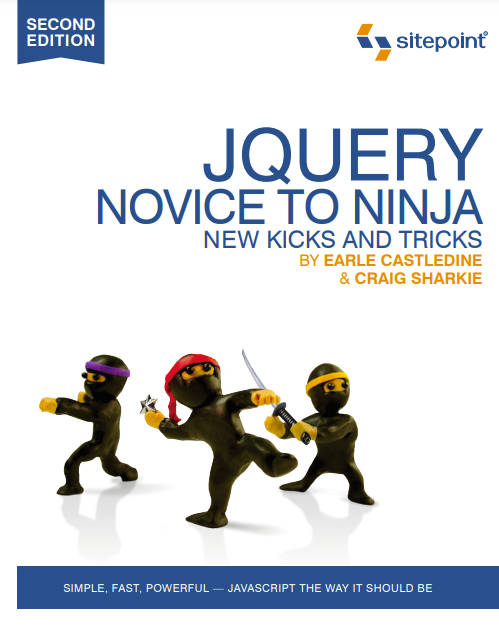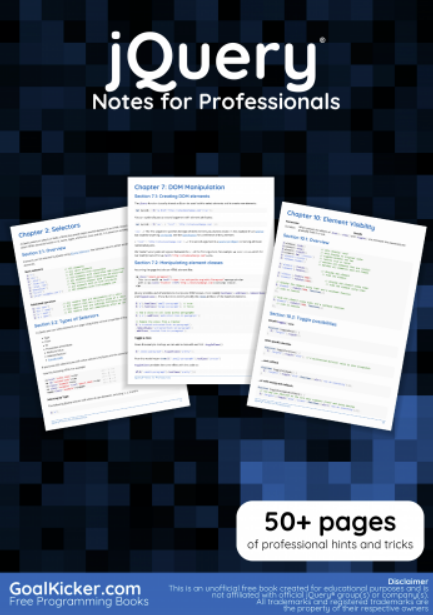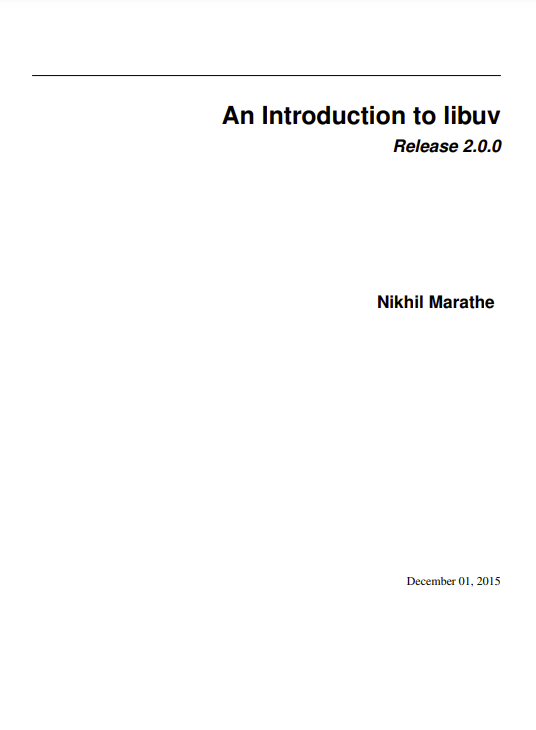What is a coding boot camp?
Bootcamp to Code is an intensive training program that teaches students computer programming over several weeks. The goal of these bootcamps is to condense concepts taught in standard college computer science courses into crash courses with a clear focus on the practical skills and knowledge they provide. This way, students are prepared for software engineering jobs immediately after completing the course. There are nearly 100 coding bootcamps in the U.S. alone that focus on teaching software development, data science, and mobile app development. Not just in the US – training camps are popping up all over the world, in countries like Portugal, Poland, France and the UK You can read more about training camps here: http://bit .ly/2eb7Xzf
During the camp, students follow a strict schedule, usually lasting 8 to 12 weeks. It includes learning to code in a specific language, learning new software tools and methodologies, researching algorithms, creating projects, working in groups, and other activities designed to prepare students for the world of software engineering. On average, the entire experience at these camps costs about $12,000. Their high tuition fees are justified by the promise that graduates will be able to find exciting, high-paying jobs once they graduate. This could be a good option for someone with little to no coding experience looking to expand their skills and transition to a new job. Once someone decides this is the path they want to go, the first step is to complete the application online. One of the first challenges this person (you!) will face is a coding challenge.
1.2. What is the purpose of the Coding Challenge?
When applying for a software engineering position at a company, employers will often do more than review your resume and schedule a short interview. They may ask you to solve some technical difficulties online or on a whiteboard. This is done to:
1. Determine your coding skills.
2. Measure your ability to solve problems when faced with new challenges.
3. Find out if you can solve a puzzle within the time limit.
4. If you get stuck or confused, see how you handle the situation.











